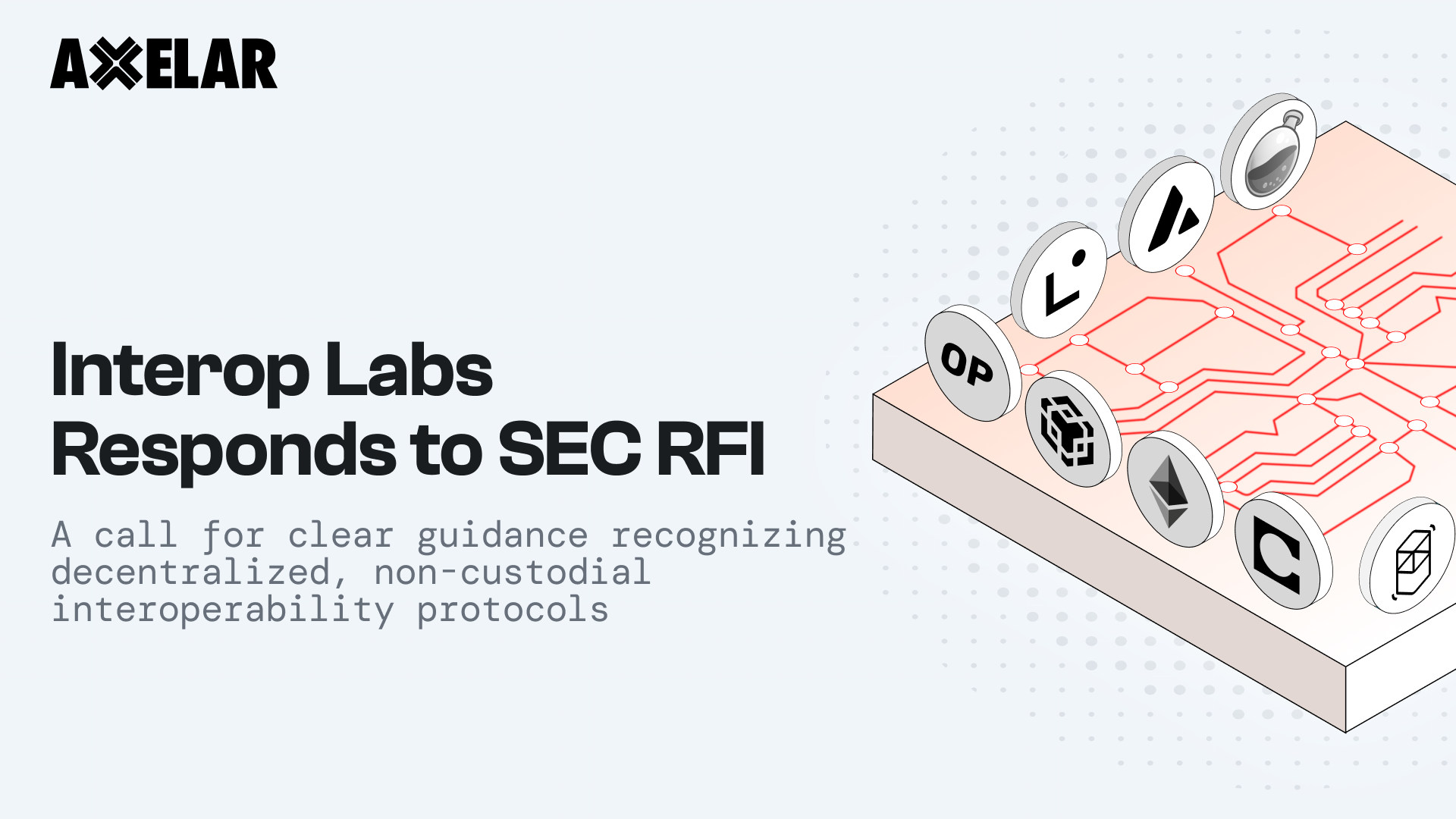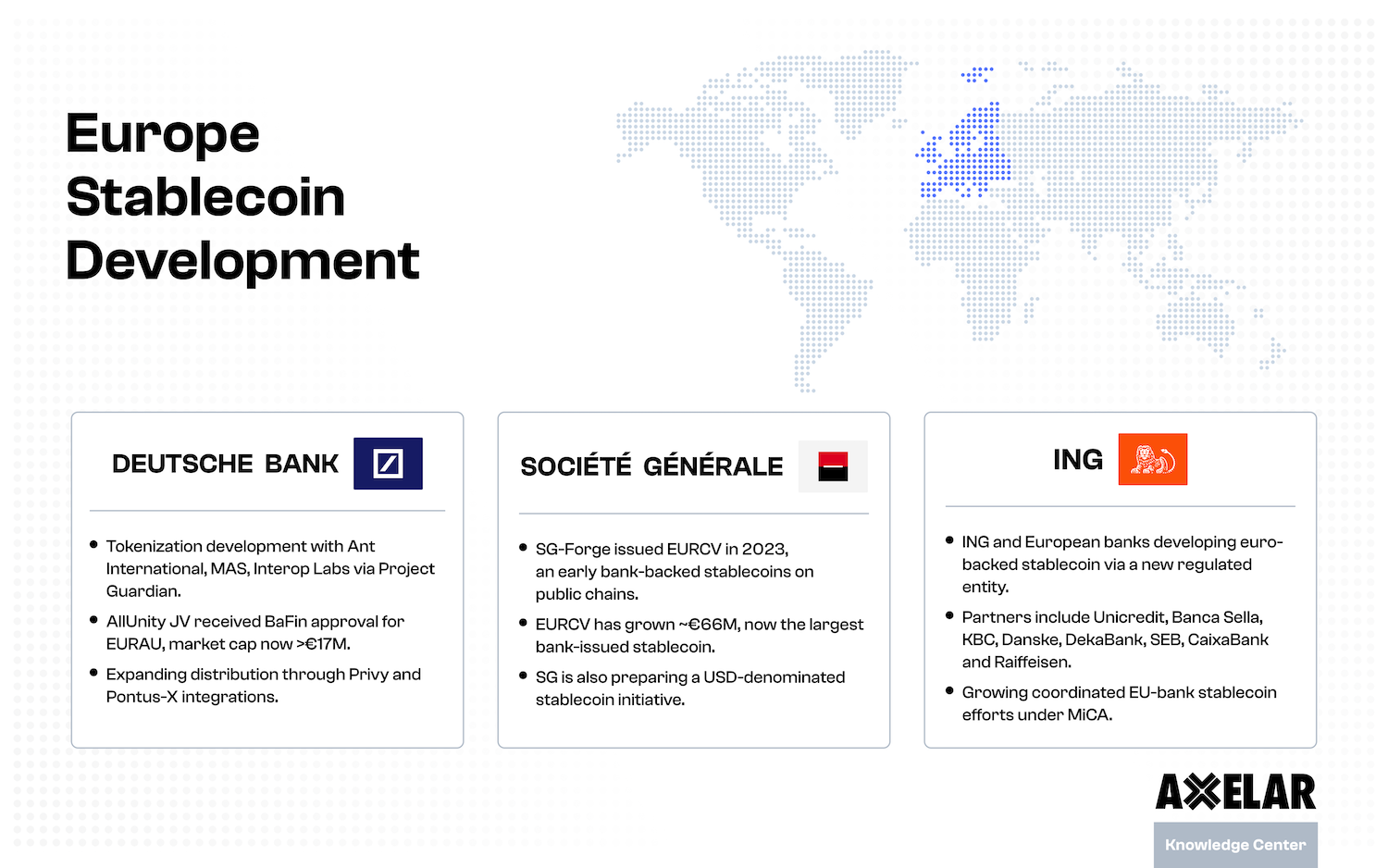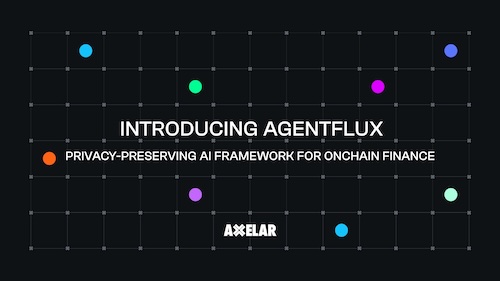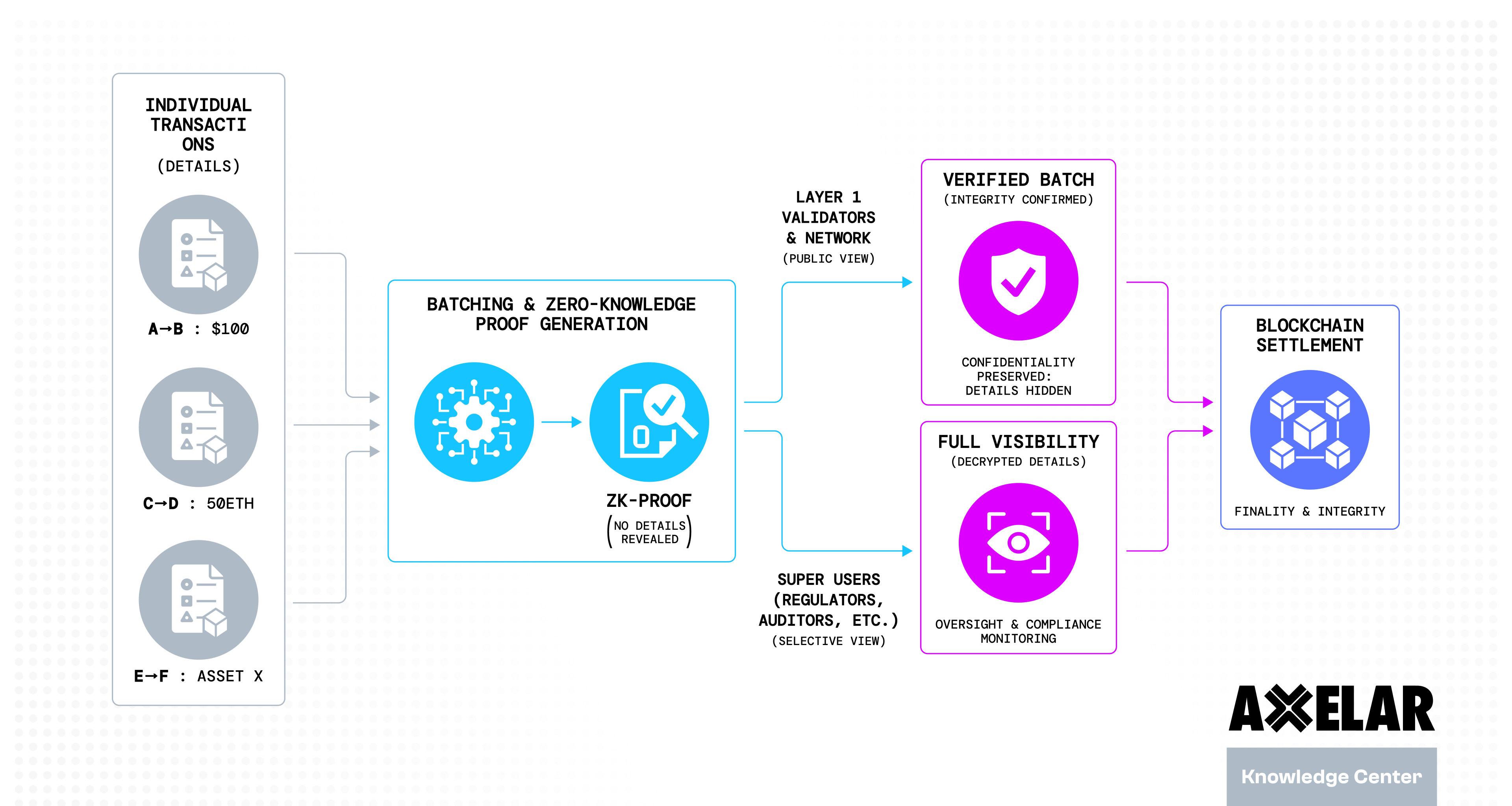Interop Labs Responds to SEC RFI on Digital Assets, Advocates Nuanced Regulation for Decentralized Interoperability
Table of Contents


In its response to the SEC’s crypto RFI, Interop Labs calls for clear guidance recognizing decentralized, non-custodial interoperability protocols as distinct from traditional intermediaries.
On February 21, 2025, Commissioner Hester M. Peirce of the U.S. Securities and Exchange Commission (SEC) issued a Request for Information (RFI) titled There Must Be Some Way Out of Here, inviting public input on the regulation of digital assets. The RFI, issued by the SEC’s Crypto Task Force, seeks to explore how regulatory frameworks can adapt to blockchain technology while maintaining investor protections.
Interop Labs, initial developer of the Axelar Network—a decentralized blockchain interoperability protocol—responded to the RFI with a comprehensive comment letter. Drawing on insights from the network’s leadership, Interop Labs emphasizes the importance of blockchain interoperability for tokenized asset markets and calls for a regulatory approach that reflects the functional and risk-based distinctions between different technical systems. For financial services professionals and regulators, understanding how interoperability connects fragmented blockchains—and how decentralized models mitigate risk—is essential to supporting innovation and maintaining market integrity.
The Role of Interop Labs and Axelar Network
Interop Labs, founded by cryptography experts Sergey Gorbunov and Georgios Vlachos, is the initial developer of the Axelar Network. Launched in 2022, Axelar serves as a neutral connector across blockchain ecosystems, facilitating communication and value transfer between tokenized assets issued on diverse platforms. The network’s position at the intersection of public and private blockchain systems gives its leadership a unique perspective on the infrastructure demands of modern capital markets.
As tokenized assets—such as stablecoins, bonds and equities—proliferate across blockchains with differing consensus models and governance mechanisms, seamless and secure interoperability is becoming foundational to financial infrastructure. Interop Labs’ response to the RFI outlines how these systems can be connected in ways that preserve investor protections, unlock liquidity and avoid new forms of custodial risk.
The Importance of Blockchain Interoperability
Blockchain fragmentation is a structural challenge to the development of tokenized markets. Blockchains are not inherently designed to communicate with each other; each operates as a self-contained system. Without interoperability, tokenized assets remain siloed—limiting their utility, tradability and compliance across platforms.
Interop Labs highlights interoperability as the connective layer that makes tokenized capital markets function. But not all interoperability solutions are equal. Centralized interoperability models, often custodial in nature, create single points of failure. High-profile breaches such as the Ronin bridge exploit ($625 million) and the Bybit hack ($1.4 billion) demonstrate the systemic risks these models can introduce.
By contrast, decentralized non-custodial interoperability protocols distribute responsibility across a network of validators and remove discretionary control. These models are not intermediaries in the traditional sense; they serve as public infrastructure that facilitates asset movement without holding or managing the assets themselves.
The Spectrum of Decentralization and the Need for Neutral Connectors
Decentralization exists on a spectrum. Some blockchain systems are fully permissionless and open, while others are private and centrally controlled. This diversity reflects legitimate differences in use cases. For example, financial institutions may choose to issue tokenized assets on permissioned blockchains to ensure compliance, predictability and internal control.
But these private systems increasingly require access to public blockchain networks—for liquidity, settlement or innovation. That access must be facilitated by neutral interoperability protocols that are themselves decentralized and non-custodial. Otherwise, custodial risk and central points of failure re-emerge at the junction between systems.
Interop Labs argues that regulatory frameworks should acknowledge this spectrum. Different degrees of decentralization may be appropriate for different layers of the tokenization stack. But for the interoperability layer, decentralization is essential. Without it, the benefits of connecting permissioned and public systems are undermined by new forms of systemic risk.
Centralized vs Decentralized Interoperability
To help evaluate decentralization in the context of interoperability, Interop Labs proposes five key principles:
- Non-Custodial Design: Control of assets resides with the user, not with the protocol.
- Permissionless Participation: Network operations are open to the public under transparent criteria.
- Open-Source Codebase: Core software is publicly auditable.
- Immutable Recordkeeping: Transactions are recorded permanently on-chain.
- Distributed Governance: Decision-making is decentralized and transparent.
These principles, Interop Labs argues, support both regulatory goals and technical resilience. Decentralized interoperability protocols eliminate many of the risks that traditional financial intermediaries are designed to mitigate, making them better suited for a lighter regulatory touch.
Regulatory Considerations for Decentralized Interoperability
Interop Labs urges the SEC to tailor its approach when evaluating interoperability protocols. Rules developed for custodial intermediaries—such as those for broker-dealers and transfer agents—may not apply meaningfully to non-custodial decentralized protocols.
For instance, decentralized protocols enhance compliance with recordkeeping rules (e.g., 17 CFR 240.17a-3 and 17a-4) by publishing immutable, auditable transaction histories on public blockchains. Similarly, the functions traditionally handled by transfer agents—such as tracking asset ownership—can be automated and embedded in the protocol itself.
Throughout its response to the SEC, Interop Labs emphasizes principles-based regulation and functional neutrality. Technology-neutral regulation does not mean treating all systems identically, but evaluating them according to outcomes—such as risk mitigation and investor protection—rather than underlying architecture. Interop Labs applies this lens to key RFI questions:
- Question 6: The SEC should assess decentralization based on outcomes like transparency and risk reduction—not specific technical implementations.
- Question 14: A protocol’s decentralization should be evaluated holistically, accounting for governance, control and operation. The decentralization spectrum allows for use-case-specific approaches.
- Question 22: Permissionless systems offer greater resilience to censorship or manipulation and can interact securely with permissioned systems via decentralized connectors.
- Question 41: Decentralized protocols embed transfer agent functions on-chain, enabling accurate and transparent ownership tracking without custodial control.
A Path Forward
Interop Labs recommends that the SEC issue guidance or establish a safe harbor exempting decentralized, non-custodial interoperability protocols from intermediary registration requirements. Such a step would recognize their unique role as neutral infrastructure—connecting a wide range of blockchain systems without introducing centralized risks.
To further support regulatory development, Interop Labs also proposes a public roundtable or technical workshop with participation from regulators, industry and academic experts. This engagement could help refine principles for evaluating decentralization and ensure that rules are aligned with the actual functions and risks of emerging infrastructure.
Conclusion
Blockchain interoperability is not a niche technical concern—it is the foundation for efficient, transparent and compliant tokenized markets. As regulatory frameworks evolve, they must distinguish between systems that replicate the risks of traditional intermediaries and those that eliminate them through decentralized architecture.
Interop Labs stands ready to support the SEC in developing tailored, principled approaches to regulating digital asset infrastructure. For regulators and financial professionals alike, the opportunity is clear: support innovation by recognizing the unique attributes and reduced risks of decentralized interoperability.
For further details, read Interop Labs’ full submission to the SEC or visit interoplabs.io.


